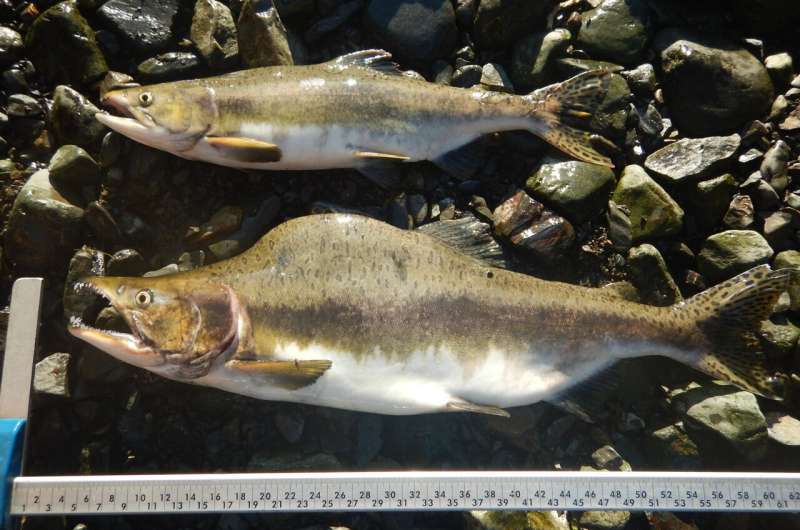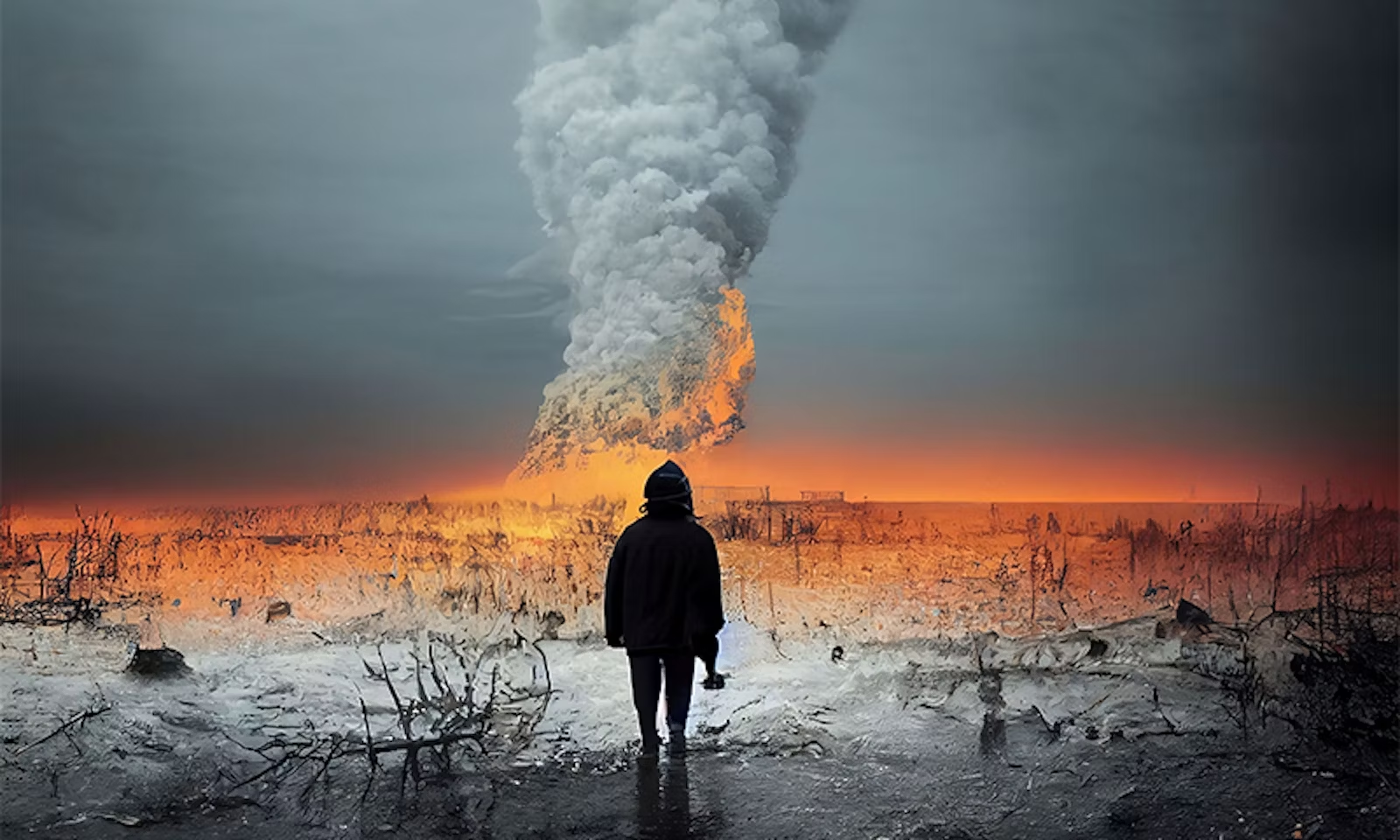Kurdistan Freedom Guerrilla carried out a series of actions in memory of 14 July Martyrs. 1 Skorsky helicopter and 2 drones were shot down, 1 container and 1 tent were destroyed.

ANF
BEHDINAN
Thursday, 11 July 2024
The People’s Defense Forces (HPG) Press Centre released a written statement providing information on the latest situation and developments in the guerrilla-held Medya Defense Zones in southern Kurdistan (northern Iraq).
The HPG Press Liaison Centre said, "The Kurdistan Freedom Guerrilla marked the anniversary of the 14 July Great Death Fast Resistance by carrying out effective actions in memory of our pioneers, comrades Kemal Pir, Mehmet Hayri Durmuş, Akif Yılmaz and Ali Çiçek who determined the resistance line of our party PKK. We express our determination to continue our struggle with the same Apoist consciousness and sacrificial spirit in the footsteps of our immortal pioneers, and we commemorate all our martyrs with respect and gratitude in the person of the 14 July Martyrs."
The HPG provided the following information about the latest actions carried out by the guerrillas and the attacks carried out by the occupying Turkish army in Medya Defense Zones:
"Şehîd Delîl Western Zap region;
On the 9th and 10th of July, guerrillas from YJA Star (Free Women’s Troops) shot down two drones of the Turkish army in Girê Cûdî Resistance Area.
On 9 July, YJA Star guerrillas targeted the invaders on the move in Girê Amediyê Resistance Area and stopped their movement.
On 9 July, YJA Star guerrillas struck the invaders in Girê Amediyê Resistance Area with heavy weapons, destroying a container and a tent.
On 10 July, guerrillas targeted the invaders on the move in Girê Amediyê Resistance Area and stopped their movement.
On 9 July, YJA Star guerrillas struck the invaders who attempted to take position in Girê Bahar Resistance Area twice.
On 10 July at 23:40, 1 Sikorsky helicopter belonging to the occupying Turkish army, which was set to land in Girê Bahar Resistance Area, was heavily hit and shot down by the guerrillas. The place where the helicopter crashed was bombed by the Turkish army with attack helicopters.
On 10 July, the invaders who attempted to take position in Girê Bahar Resistance Area were intervened three times.
Metîna region;
On 9 July at 22:30, guerrillas intervened in the helicopter activity in Serê Metîna Resistance Area.
On 10 July, guerrillas targeted the invaders in Golka Resistance Area with heavy weapons, damaging a container and a military position.
Attacks carried out by the Turkish army with banned explosives;
On 10 July, the guerrillas’ tunnels in Girê FM Resistance Area were bombed 12 times with chemical gases and 5 times with banned explosives.
On 10 July, the guerrillas’ tunnels in Girê Amediyê Resistance Area in Şehîd Delîl Western Zap region were bombed 2 times with banned tactical nuclear bombs.
On 10 July, the Şêlazê Resistance Area in Metîna region was bombed once by drones loaded with explosives.
Aerial attacks carried out by the Turkish army;
On 9 and 10 July, the Turkish warplanes carried out 21 strikes on guerrilla areas, targeting the areas of Şehîd Şerîf, Girê Şehîd Hawar, Girê Berbizinê in Xakurkê region 6 times, the Şehîd Îbrahîm in Zap region, the areas of Dêreşê, Mijê, Girê Zengil in Garê region, the areas of Gûzê, Girê Reşît, Xêrê, Yekmalê, Deşta Kafya, Şiyê 9 times, the Girê Bahar Resistance Area in Şehîd Delîl Western Zap region 4 times, the Bêşîlî Resistance Area in Metîna region.
On 10 July, the Girê Bahar Resistance Area in the Western Zap region was bombed by attack helicopters."
On 10 July at 23:40, 1 Sikorsky helicopter belonging to the occupying Turkish army, which was set to land in Girê Bahar Resistance Area in Şehîd Delîl Western Zap region was heavily hit and shot down by the guerrillas. The place where the helicopter crashed was bombed by the Turkish army with attack helicopters.
Gerîla TV released footage of the helicopter shot down by the guerrillas.













